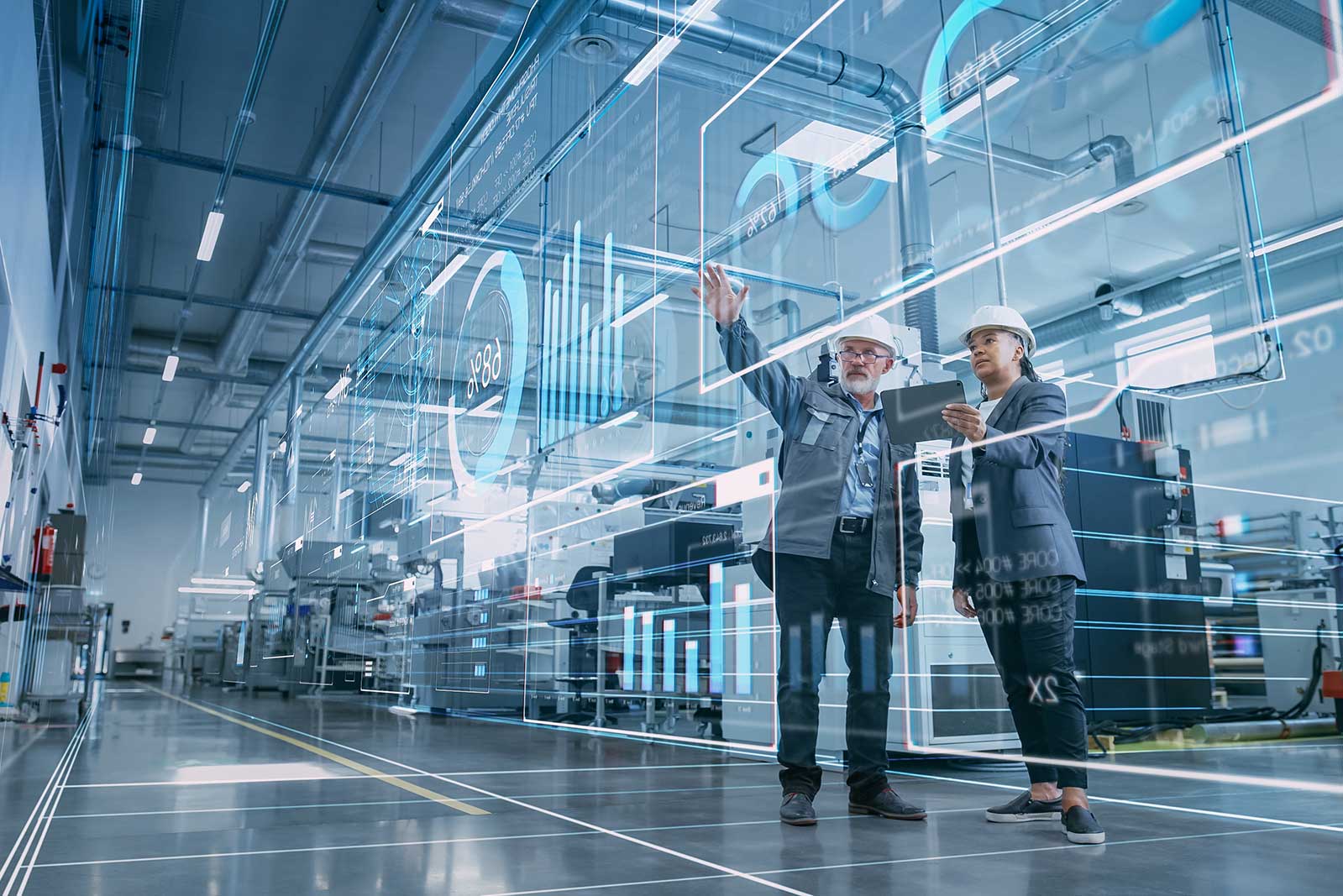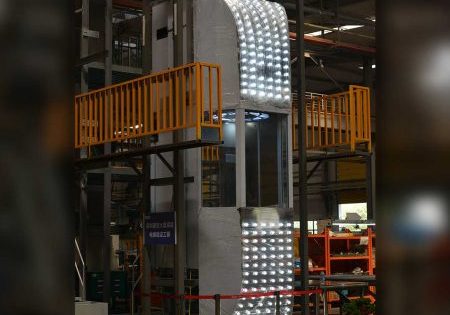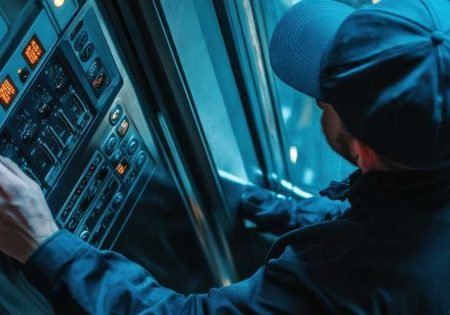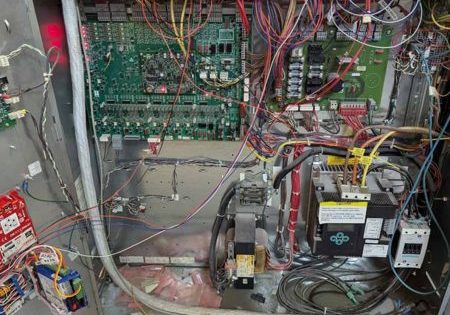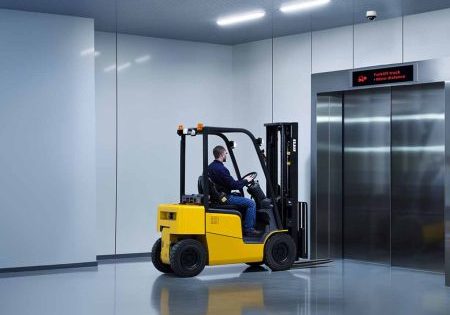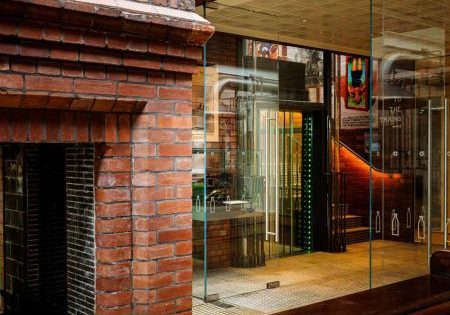Digitalization is everywhere, and it will enable an ever-smarter, predictable and customer-focused elevator industry.
In December 2024, I had the opportunity to visit the National Elevator Industry Educational Program’s Training Center in Warwick, Rhode Island. As I walked into the area that houses welding booths, I was pleased to see a sticky mat at the entrance to the area. It has been a while since I had seen one of those outside an elevator machine room door, back when motor-generator sets were the norm, and we were all afraid of tracking carbon dust across a customer’s carpeted floors. It made me think about how much digitalization has impacted so many areas of our business — and not just by removing the risk of carrying carbon dust onto light-colored carpets in a customer’s building.
The digitalization of the elevator industry has transformed the design, installation and service of elevator and escalator equipment, resulting in an improved customer experience. Let’s explore some of the benefits of digitization in our industry.
Building Information Modeling (BIM) has transformed the way we design and integrate our equipment into buildings. Gone are the days of ordering paper copies of plans and poring through the pages to identify possible conflicts between our equipment and the building’s design. BIM allows all stakeholders to access the most up-to-date information and flag issues before bidding on jobs. BIM also allows easier coordination with other elements of a building such as integration with security systems, evacuation plans, etc. BIM can also serve as the foundation for digital twins — dynamic real-time representations of elevators that can help monitor performance and usage, optimize operations and be used in the future to help with equipment repair and modernization.
Digitalization has transformed access control for elevators. Gone are the days of managing physical keys for accessing elevators in a building. RFID (Radio Frequency Identification) -enabled cards or fobs can grant access to specific floors of a building and can easily be disabled if an employee or tenant no longer needs access to the building. “Keyless” mobile apps allow the same level of access using an app on a cell phone versus a card or fob. In buildings needing an even higher level of security, biometric scanners that use fingerprint or facial recognition can be easily integrated into the elevator’s controls.
Destination dispatch systems have replaced traditional two-button hall call fixtures and improved the flow of passenger traffic in a building by grouping together passengers with similar destinations. These systems can also be integrated with the building’s security system to restrict access to floors based on the passenger’s security profile.
Application Programming Interfaces (APIs) for elevators are critical in integrating elevator systems into modern Building Management Systems (BMS), enhancing operation efficiency, safety and the user experience. APIs can be generated by Internet of Things sensors and devices to allow real-time monitoring of elevators, including information such as location and operational status, faults, usage and even energy consumption. Elevators can be taken out of automatic service for building moves or during extreme temperature days when the power grid is at risk. APIs also can be made visible to service mechanics who can look at an app on their phone in the morning and know if any of their maintenance units are shut down before a customer places a service call. For mechanics with routes covering a large geographical area, or those with critical facilities like hospitals on their routes, knowing where to go first in the morning helps minimize windshield time and can help return cars to service faster than ever before. Mechanics love to share stories about how they show up at a customer’s site and tell them one of their elevators is shut down! Mechanics also love being able to see if a car is on independent service or a stop switch has been activated to avoid going to a customer’s site when their skills are not needed. Customers, meanwhile, appreciate the mechanic calling them to let them know versus receiving a bill for a nuisance call that is disruptive to the mechanic’s workday.
Customers (and mechanics) also appreciate the benefits of predictive maintenance made possible by the digitalization of the elevator industry. Data showing doors are cycling on a specific floor can be fed to the mechanic, who can make sure they address the door tracks, locks and sills on that floor on their next visit to prevent future callbacks.
Finally, we are seeing more focus on improving the occupant’s experience through the digitalization of our industry. From the installation of two-way text, talk and video emergency communications devices to customizing news feeds and building-specific information on display screens in the elevator, to being able to modify the lighting scheme in an elevator based on passenger preferences, the flexibility of configuration is becoming more of a focus area among architects and property management companies.
National Elevator Industry, Inc. (NEII) is excited to be part of the transformation of our industry, making it smarter, safer and more efficient through digitalization. From enhanced building designs to predictive maintenance and personalized experiences, the benefits of digitalization are invaluable to our industry and the riding public.
Get more of Elevator World. Sign up for our free e-newsletter.
